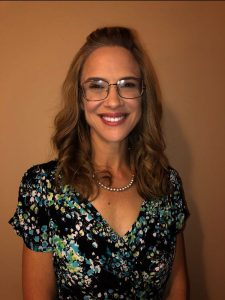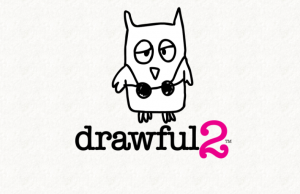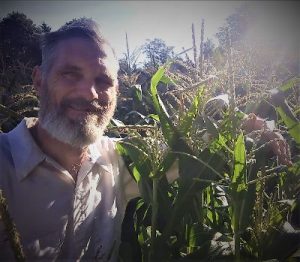January 2021 – Reflection provided by Debby Haralson, Chief Operating Officer of The WellHouse, D.Min. student at McAfee School of Theology, Mercer University (Atlanta, GA)
 “I was intrigued to learn about Healthy Seminarians-Healthy Church’s online small- group program last fall. Working in a trauma-based ministry where every need feels absolutely immediate, I have seen many gifted caregivers exit the field early and exhausted.
“I was intrigued to learn about Healthy Seminarians-Healthy Church’s online small- group program last fall. Working in a trauma-based ministry where every need feels absolutely immediate, I have seen many gifted caregivers exit the field early and exhausted.
Leaders tend to agree that caring for self is critical. But how? How, when a newly minted minister enters an arena that publicly praises sacrifice and servanthood while well-being, strength, and stamina are simply expected?
Healthy Seminarians-Healthy Church’s program effectively equips a minister for this conversation. Providing a much-needed Biblical/theological framework around caring for self, HSHC challenges participants to explore a holistic kind of spirituality that honors God through work and rest; activism along with contemplation. Here’s hoping that tomorrow’s ministry leaders can embody such balance. Those we serve will benefit from this kind of faith-filled service. We can’t do everything, but God can. Karen Webster and her team have much wisdom to share along these lines. We would be wise to take heed.”

 Ok, no, things are clearly not back to “normal” yet, but we have circled back to the liturgical time of the year that is called “Ordinary Time” and today is actually day two in ordinary time. It is the time of year that is not directly connected with either the Christmas or Easter seasons (second week in January through the start of Lent as well as the days after Easter through the beginning of Advent). So the meaning of “ordinary” comes from the ordinal numerals by which the weeks have been identified as opposed to how we might feel about our present circumstances.
Ok, no, things are clearly not back to “normal” yet, but we have circled back to the liturgical time of the year that is called “Ordinary Time” and today is actually day two in ordinary time. It is the time of year that is not directly connected with either the Christmas or Easter seasons (second week in January through the start of Lent as well as the days after Easter through the beginning of Advent). So the meaning of “ordinary” comes from the ordinal numerals by which the weeks have been identified as opposed to how we might feel about our present circumstances.  For those who are not familiar with Drawful 2 (a game that can be played well either in person or via Zoom, Skype, or Facetime), each player receives a “unique” (that is, weird!) prompt that they must try to draw on their mobile devices (without the ability to erase once you start drawing!). For example, when playing with my family (dad, brother, sister-in-law, and two young nieces), we had to draw things such as “a pool full of salad,” “summer tuxedo,” and “throwing shadow.” After each “artist” presents their work, everyone else anonymously proposes a title for this bizarre drawing.
For those who are not familiar with Drawful 2 (a game that can be played well either in person or via Zoom, Skype, or Facetime), each player receives a “unique” (that is, weird!) prompt that they must try to draw on their mobile devices (without the ability to erase once you start drawing!). For example, when playing with my family (dad, brother, sister-in-law, and two young nieces), we had to draw things such as “a pool full of salad,” “summer tuxedo,” and “throwing shadow.” After each “artist” presents their work, everyone else anonymously proposes a title for this bizarre drawing.  “This group is so helpful to me because I have been feeling my/our health being pulled apart for years.
“This group is so helpful to me because I have been feeling my/our health being pulled apart for years.